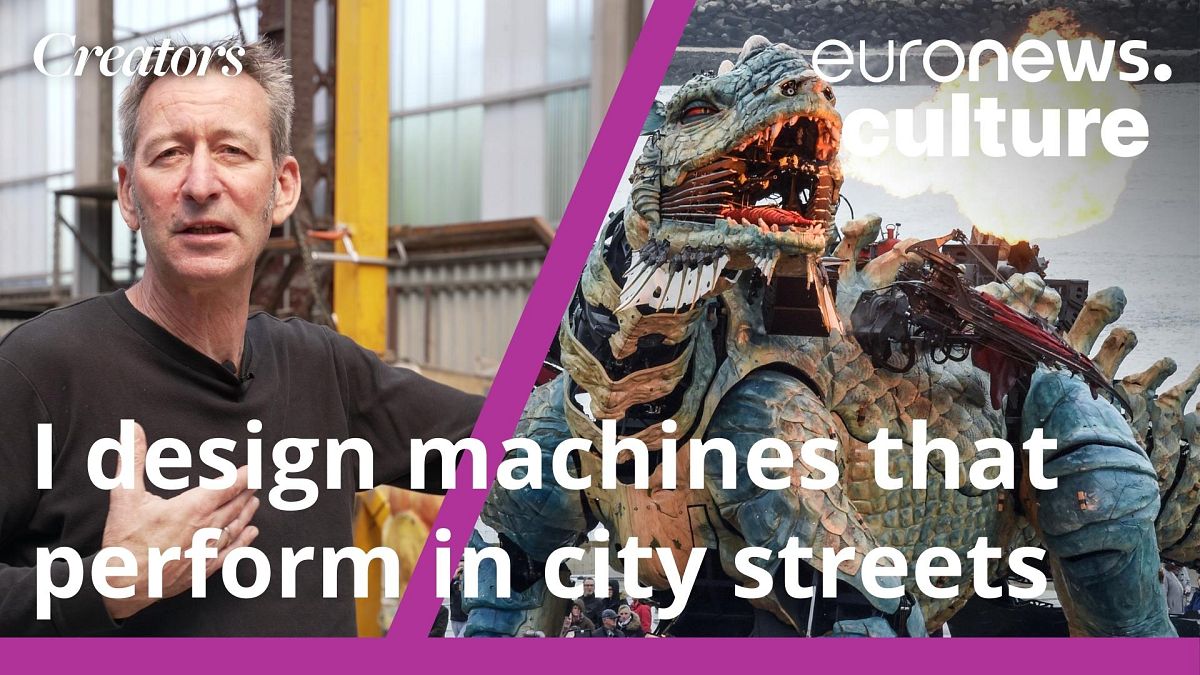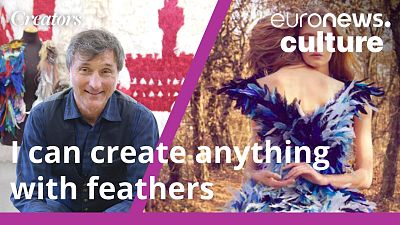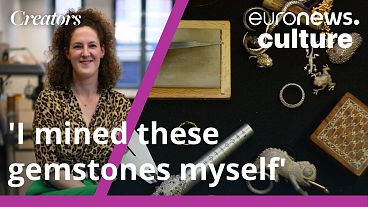François Delarozière designs immense mechanical creatures that interact with people in French cities and beyond. His Grand Elephant in Nantes draws thousands of tourists each year to the city's former shipyards.
Every day, a giant elephant lumbers through the streets of Nantes, in Western France. The formidable creature is over 11 metres tall, weighs nearly 50 tonnes and can carry up to 50 people on its back and in its belly.
Its thick skin is made of finely-carved wood and its veins pump 2,500 litres of hydraulic oil to lubricate its metal skeleton. Every year, it takes hundreds of thousands of tourists on a journey through the now-defunct shipyards on the Island of Nantes.
Since its introduction in 2007, the so-called “Grand Éléphant” has transformed the old industrial zone, breathing new life into a part of the city that had fallen into disrepair with the collapse of the shipbuilding industry in the late 1980s.
“For us, it was our first-ever urban machine,’” says the elephant’s designer, François Delarozière.
It was the start of an adventure for Delarozière and La Machine, his Nantes-based production company that has since created other bespoke mechanical animals for cities across France and abroad.
The language of movement
Trained as a visual artist at a fine arts school in Marseille, Delarozière says he discovered a love for theatre in his “real life.” His work with La Machine is a combination of those two passions, a sort of urban theatre with a focus on movement and performance.
As La Machine’s art director, Delarozière leads the team of designers and builders who bring each creation to life. It starts with an idea, which he then translates to a drawing that’s passed along to the construction team.
The team is made of people from all backgrounds, from electricians and carpenters to former artisans and college professors.
“You’re never one single thing when you work at La Machine,” says Delarozière. “You can be a carpenter and a welder or maybe an actor, part of the research team, a sculptor, a machinist.”
Many of the builders also operate the machines when they take to the streets, almost always in a performance of some sort.
In Calais, a dragon Delarozière designed was unveiled in a fire-breathing spectacle in 2019, which was accompanied by live music and attended by thousands of people. The goal for the northern French city was to revive tourism and shake off the negative image associated with its sprawling migrant camp.
But for Delarozière, his machines are meant to inspire emotion – in the people who build them, those who operate them, and, of course, those who look at them.
“We don’t yet understand all the ways emotions are transmitted,” Delarozière says. “But when a machine wakes up and there’s a crowd of 120 or 30,000 people watching, you can feel this force. We feel that as actors and machinists. There’s this common emotion that builds, which gives you shivers and sometimes even brings a tear to your eye.”



